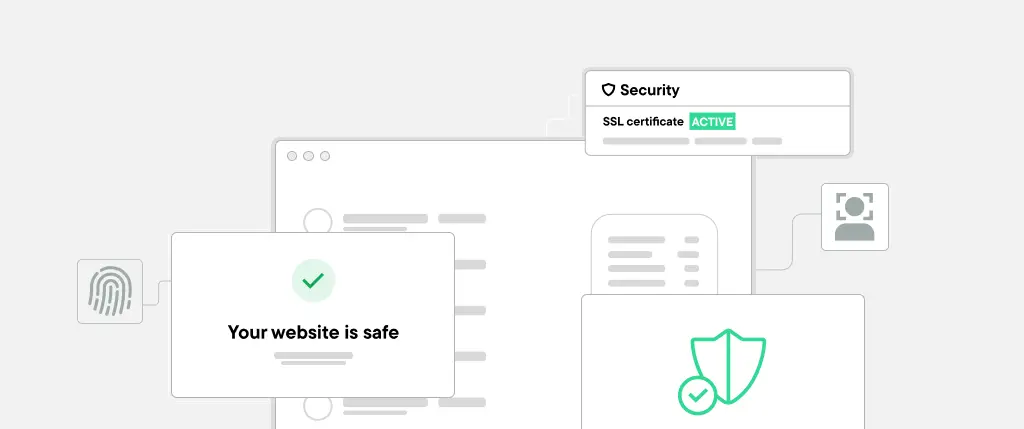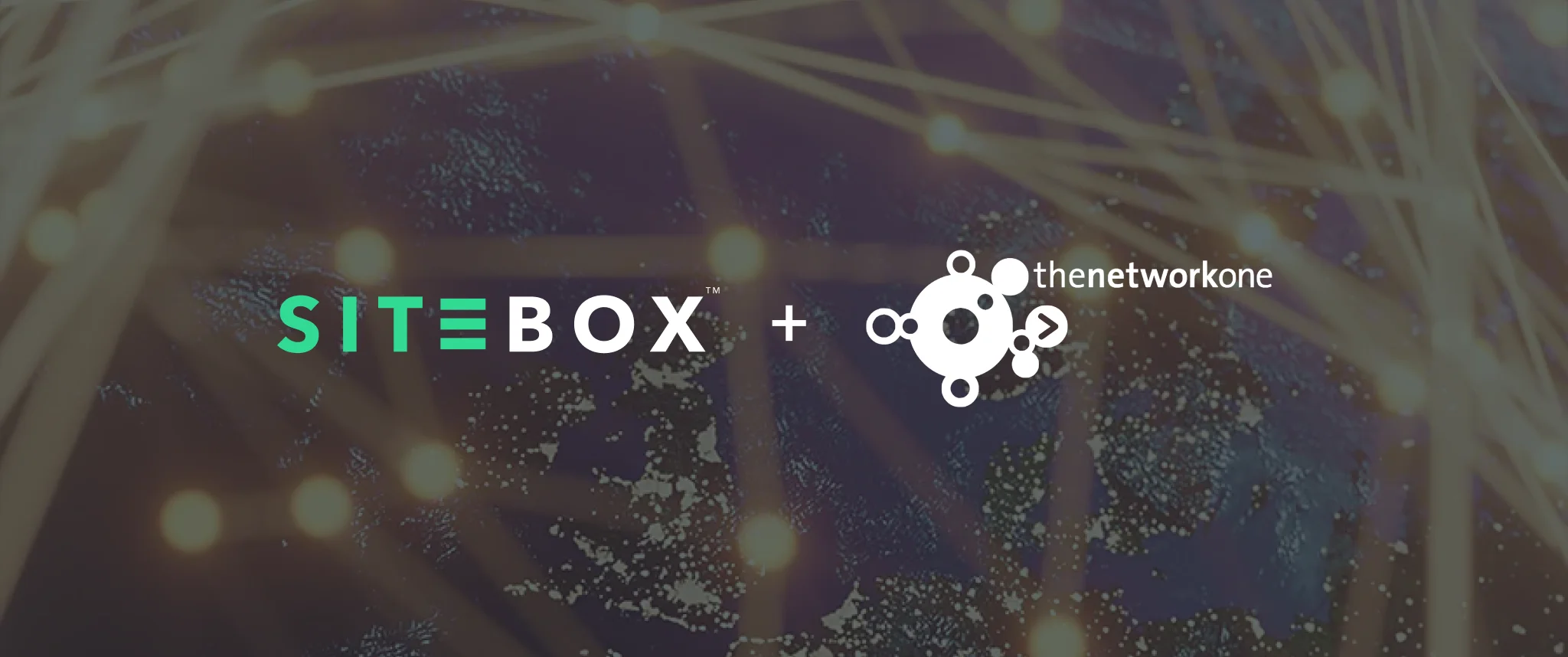When you think about your WordPress website, you probably focus on themes, plugins, and content. However, there’s something crucial happening behind the scenes that keeps your website online and functioning properly: the data center. Data centers are the backbone of web hosting services, housing the physical servers that store your website’s data and make it accessible to users around the world. Understanding how data centers work and their impact on your WordPress site’s performance, security, and uptime is essential for making informed hosting decisions.
What is a Data Center?
A data center is a large facility that houses a network of servers, storage devices, and other hardware necessary to run and maintain websites and applications. These centers are designed to ensure that websites are always available, run smoothly, and are secure from various threats.
How Data Centers Fit Into Web Hosting
In the web hosting ecosystem, data centers provide the infrastructure for web hosting services. When you sign up for web hosting, your website’s files, databases, and content are stored on servers located within these data centers. The hosting provider manages the hardware and software, ensuring that your website is accessible via the internet.
Basic Components of a Data Center
A typical data center consists of:
- Servers: High-performance computers that store your website’s data.
- Networking Equipment: Routers, switches, and firewalls that manage data traffic to and from servers.
- Storage: Hard drives or SSDs where all the website files and databases are stored.
- Power Supply: Backup power sources, such as generators, to keep servers running during power outages.
- Cooling Systems: Air conditioning units to maintain the right temperature for the equipment.
Power, Cooling, and Security
Data centers are designed with redundancy in mind, meaning that multiple systems are in place to ensure the continuous operation of your website. Here’s a closer look at how data centers work:
- Power Supply: Since data centers house critical infrastructure, they require a reliable power source. They often have backup generators to ensure uptime during power outages.
- Cooling: Servers generate a lot of heat, so cooling systems are essential. Advanced cooling techniques, such as liquid cooling or high-efficiency air conditioning, help maintain optimal server temperatures.
- Security: Physical security is a priority in data centers. They typically have 24/7 surveillance, biometric access controls, and other measures to protect the equipment and data from theft or damage.
Network Connectivity
A data center’s network connects the servers to the internet, allowing users from around the world to access your website. High-speed fiber-optic cables and diverse connections to internet service providers (ISPs) help ensure that data can be transmitted quickly and reliably.
Types of Data Centers
Not all data centers are the same, and different types serve different purposes. Here are some common types:
- Enterprise Data Centers: Large, private facilities owned and operated by big corporations for internal use.
- Colocation Data Centers: These allow companies to rent space for their own servers within a data center. It’s common for businesses to use colocation to scale their operations without building their own data centers.
- Cloud Data Centers: These are used by cloud hosting providers, where services are distributed across multiple physical locations. Cloud hosting gives businesses the flexibility to scale resources as needed.
- Edge Data Centers: Located closer to the end-users, edge data centers reduce latency by processing data closer to where it is needed, improving speed and performance.
Redundancy and Disaster Recovery
Redundancy is crucial to ensure uptime. Data centers often have redundant power sources, backup systems, and network connections to avoid downtime. In case of hardware failure or other issues, disaster recovery plans are in place to minimize disruptions.
Environmental Considerations
As demand for hosting grows, data centers are becoming more conscious of their environmental impact. Green data centers use energy-efficient equipment and renewable energy sources to minimize their carbon footprint. This is a growing trend in the industry as sustainability becomes more important.
Performance and Uptime
For WordPress websites, uptime and performance are critical. A slow or unreliable website can drive visitors away. The choice of hosting provider, and the quality of the data center that hosts your site, directly impacts these factors. Hosting providers that use high-performance data centers offer better reliability, faster load times, and fewer interruptions.
Optimized Hosting for WordPress
To maximize WordPress performance, look for hosting plans that offer:
- CDN (Content Delivery Network): A CDN distributes your website’s content across multiple servers, speeding up load times for users worldwide.
- Caching: Proper caching minimizes the load on servers, making your site load faster by storing static versions of your pages.
- Managed Hosting: With managed WordPress hosting, the hosting provider handles server maintenance, optimization, and security, freeing you up to focus on your website.
Best Practices for Web Hosting Data Centers
When selecting a hosting provider for your WordPress site, ensure they use reliable and secure data centers. Here are some best practices to keep in mind:
- Look for High Uptime Guarantees: Ensure your hosting provider offers at least 99.9% uptime.
- Evaluate Network and Power Redundancy: A data center with backup power and multiple internet connections reduces the risk of downtime.
- Choose a Provider with Managed WordPress Hosting: This ensures that your WordPress website is optimized, secure, and running smoothly.
- Consider Geographically Distributed Data Centers: If your audience is global, choose a hosting provider with data centers near your user base to reduce latency.
Conclusion
Understanding how web hosting data centers work is essential for making informed decisions about your WordPress site’s hosting. By choosing a hosting provider with a reliable data center, you can ensure better uptime, performance, and security for your website. Whether you’re just starting with WordPress or managing a growing site, selecting the right data center infrastructure will help you provide the best experience for your visitors.



